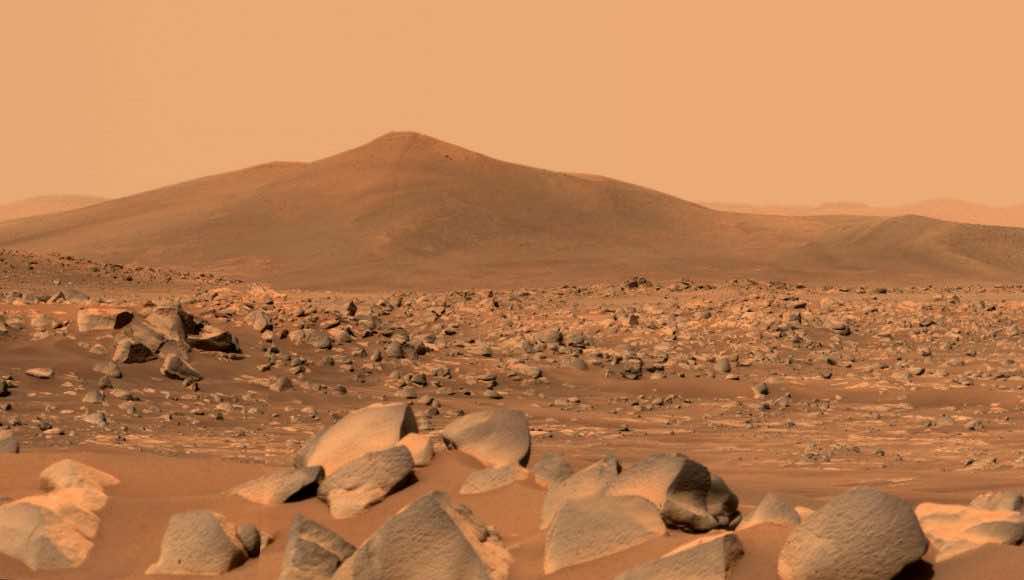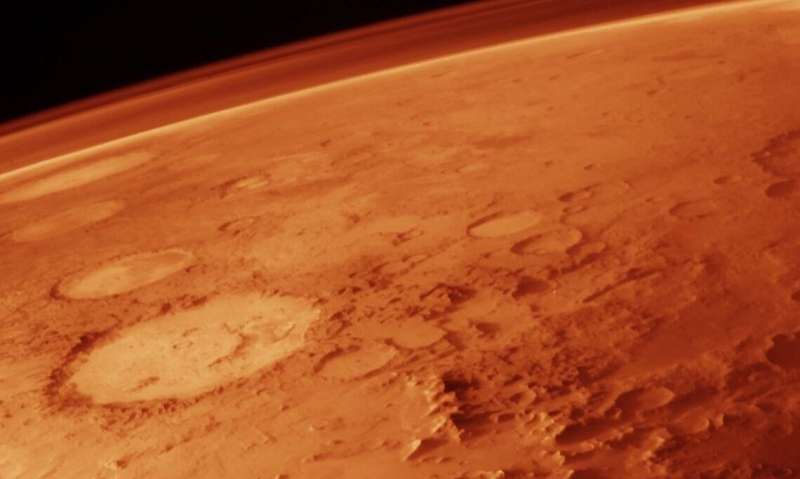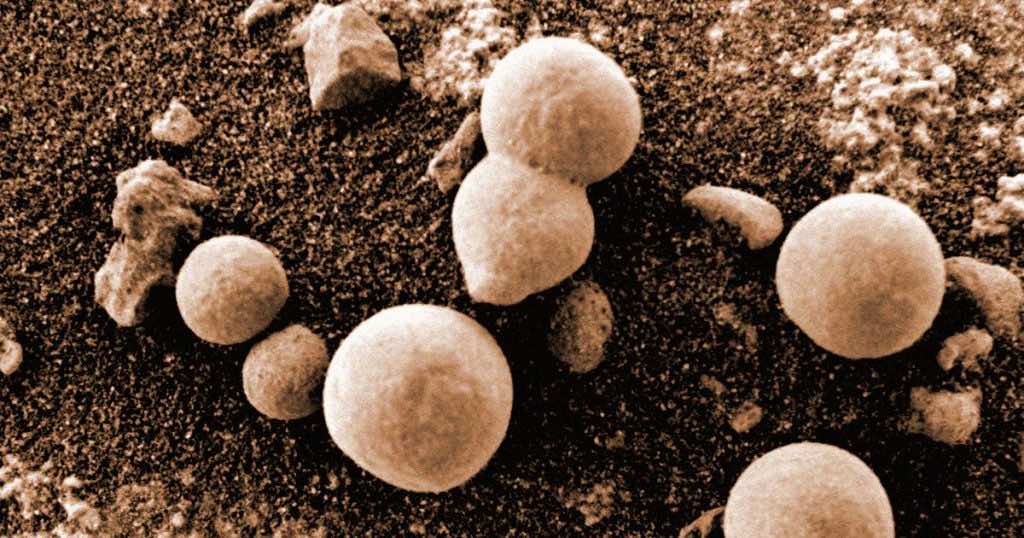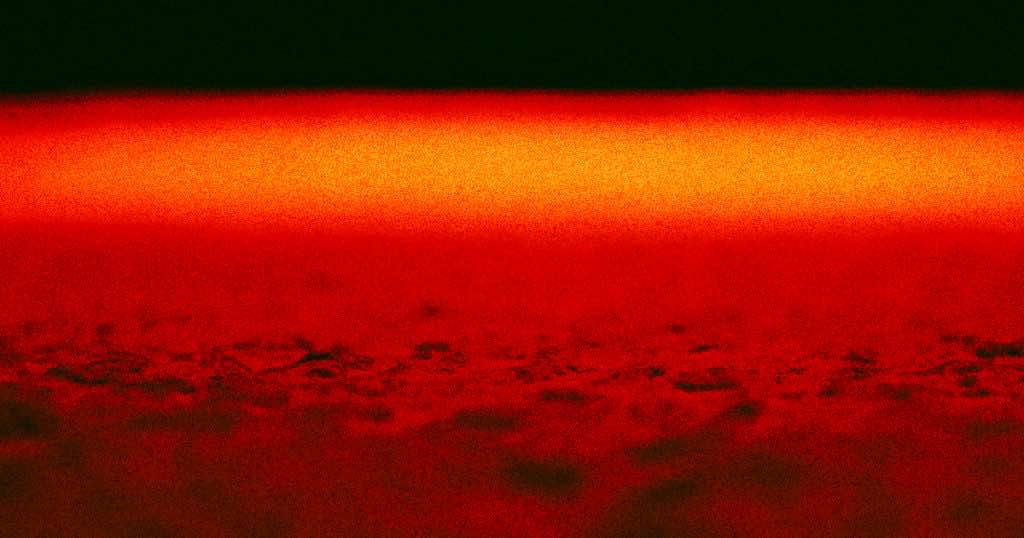NASA’s Curiosity rover was sent to Mars to quench our insatiable thirst for information about the red planet. But in all honesty, it has added to it; the clay dug by the rover suggests that there once was life on the planet.

The clay particles suggest that there once was life on the planet, not implying at all that the planet is capable of doing so now. However, it gives solid backing to the theory that once there was life at Mars.
Glauconite is at the core of this assumption. Glauconite is formed over extended periods of time of relative stability. The mineral is found at the bottom of water bodies such as riverbeds. What does this mean, were there rivers on Mars? Well, curiosity rover has its work cut out.

Researchers from NASA and various research institutes in Spain suggest that the samples from Mars have a stark resemblance with Glauconite both in chemical composition and physical structure. With this ascertained, the team told us, based on this evidence, how Mars would have looked like at the time glauconite was forming.

Firstly, Mars used to have large bodies of water. Secondly, they say that at the time that this lake was around Mars used to have temperate temperatures, due to which the lake did not evaporate, nor did it freeze right away. It is a well-accepted theory now that Mars had water, but more evidence has piled up augmenting this concept in recent years. Lastly, for these minerals, the planet would have been in a temperate habitable state for millions of years. Having said that, it is not direct evidence of the fact that life existed on Mars. But if the planet had water and temperate temperatures for millions of years, then any form of life would have thrived before the planet turned into Dante’s cold hell, and that is totally another chapter.



